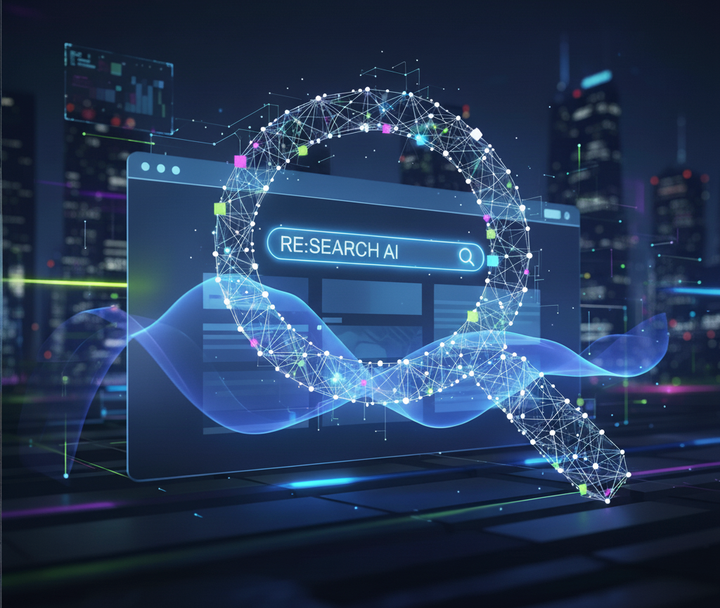As Artificial Intelligence becomes more and more ubiquitous, things will certainly be different. Now more than ever, it’s not how pretty your website looks that is important. The most impressive looking website doesn’t mean it’s the most trusted.
The content is what matters
SEO content has been king for a while, but instead of catching users’ eyes or being a top result in Google, you have to trigger the A.I. to include it in responses that you want to be included in.
Site owners have to ensure their content and their products are findable, easy to transact with, and with as little friction as possible. Paywalls are a surefire way to ensure content is ignored in the future. But, without them and other traditional advertising models, how will sites make money?
The answer, at least for pay walled sites, is to have a dichotomy of public and paid content. Just enough content has to be available for inclusion in searches to trigger inclusion, but once a user reaches that content, having a paywall to get the rest will be key.
A subscription won’t cut it.
Nobody wants to deal with that. But if there is some content behind a paywall for $.50 or a dollar that I need, I’ll likely pay it.
I think this — content micro-transactions — will become the norm, as A.I. will claim as much as it can for free. Providers will have to cling to a revenue model somehow to continue to be in business, and I think this will be prevalent across the web. Quality will reign, but junk websites will rely on deceptive tactics to separate a fool from their money and be the new spam model promising content behind a paywall only to not deliver what is promised.
How we shop is changing again
Shopping on the web will be different also.
Plan for users to find specific things via their A.I. chat, the things be surfaced, and a frictionless transaction to take place.
Apple Pay (or similar) is one such way. A user will click a button and initiate the process to both pay and ensure the item is delivered (or scheduled) to the correct place. This process is paramount with as little a laborious process as possible.
Traditional methods of browsing will be obsolete; you will have to assume users are consuming your content or shopping via their A.I. client. Think of it as if the A.I. was Amazon, only with no limit, no gatekeeper, and no agenda.
The continued de-evolution of design
Visual design and UX design on the web will continue to become more uniform as A.I. and its necessity will be the most important thing.
Making sure your content or product is included will be paramount, so if your design is offensive to those paradigms, then it won’t be long before you are no longer in business.
There will be one or two main design systems across the world, likely driven by Apple, Google, or Microsoft. These companies will model their A.I. to consume sites using their UI and content schema primarily. This will entice site operators to adopt and not deviate from their specification; thus killing creativity and individuality.
We already see this with design systems like Bootstrap and design specifications like Google Material and Apple’s Human Interface Guidelines.
If your site does not conform to what A.I. expects, your information wont be surfaced, and you product will not be bought.
Design will not die, but it’ll be niche
Despite all this, there will be some folks that wont care if they are part of the rat race. They’ll value their individuality and lean-into being a counterculture website.
These sites will have their own non-conforming designs and schema and will be viewed as a vintage or niche website, similar to how we view record (or “vinyl’ as some know it as) stores, homemade furniture, home brew beer makers, or artisanal pottery now.
These sites will be designed, built and operated out of nostalgia and the concept of going against the grain, catering to the rebel in all of us who occasionally ”want something different”.
What do you think? How will A.I. change the web and the roles of Designers in the future?




Comments ()